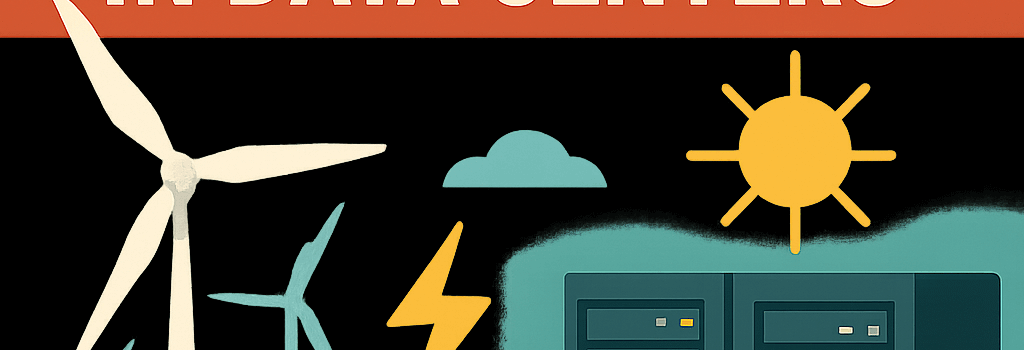Using Stranded Renewable Energy in Data Centers

John Belizaire, CEO of Soluna, reveals the hidden potential of stranded renewable energy—wind, solar and hydro power currently curtailed due to transmission limitations. Soluna’s strategy co-locates flexible-compute data centers directly at renewable plants, converting wasted megawatts into profitable processing for AI, crypto mining and HPC workloads.
The challenge of stranded renewable energy
Across the US, aging transmission grids and limited local load force system operators to throttle back generation when supply outpaces demand. According to a 2024 US Energy Information Administration report, curtailment rose by 29% in California alone, totaling 3.4 million MWh. Nationwide, analyses estimate that 30–40% of wind and solar output is wasted annually—equivalent to powering over 1.3 million homes.
Soluna’s innovative onsite power generation approach
Behind-the-meter PPAs and flexible load management
Soluna signs 7–10 year Power Purchase Agreements (PPAs) with renewable plants, securing dedicated capacity at sub-3¢/kWh rates for otherwise curtailed energy. Their behind-the-meter setup allows:
- Direct offtake from wind and solar farms during oversupply periods
- Subtractive energy contracts avoiding grid fees
- Grid fallback purchases as a contingency
Technical specifications of flagship facilities
- Capacity: 123 MW across Kentucky and Texas sites by end of 2025
- Compute engines: NVIDIA H100 GPUs and AMD EPYC CPU clusters
- Cooling: 18 kW per rack, liquid-cooled heat exchangers achieving PUE < 1.2
- Load flexibility: 0–100% ramp-down in under 60 seconds for grid balancing
Global curtailment trends and strategic opportunities
Curtailment isn’t unique to the US. Germany reports 5 TWh annually; Australia’s South West region sees 15% curtailment during peak solar seasons. New FERC Order 2222 further encourages aggregation of distributed resources like Soluna’s data centers as grid services.
Integration with storage and grid services
While battery storage scales—current global deployments exceed 30 GW—Soluna’s flexible compute acts as a virtual battery. By offering ancillary services (frequency regulation, spinning reserve), these data centers can earn revenue streams worth up to $5/kW-month in markets like ERCOT.
Economic, regulatory, and environmental impacts
“Data centers are evolving from passive loads to active grid participants,” says Dr. Lisa Cheng, senior analyst at the Lawrence Berkeley National Lab. “Flexible compute can complement storage and accelerate renewable integration.”
Federal incentives under the 2023 Infrastructure Act allocated $2.5 billion for transmission modernization, yet upgrades lag. Onsite renewable co-location bypasses these constraints while reducing carbon footprints by 75% compared to conventional diesel backup generators.
Future outlook and expert perspectives
Industry forecasts predict that 50% of data centers will adopt onsite generation by 2035. Companies like Google and Microsoft are piloting similar models. Continued advances in AI workload scheduling and grid digitization will further optimize resource use.
Conclusion
By transforming curtailed renewables into a reliable, green power source for compute-intensive applications, Soluna and peers offer a blueprint for sustainable data center expansion that bolsters grid resilience and cuts emissions—without waiting for new transmission lines.